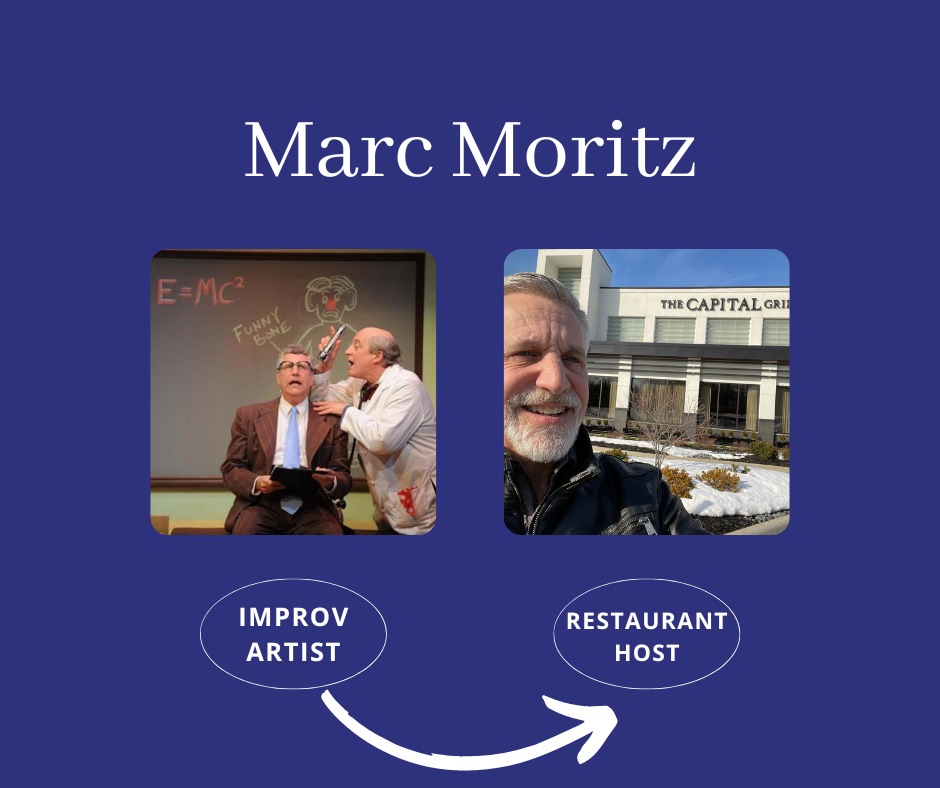Years 23 • Resides & Creates Cleveland • Learned BFA from Cleveland Institute of Art (expected May 2019)
Story and photography by Michael C. Butz
To fully appreciate Bianca Fields’ art, it’s best to familiarize yourself both with what’s on the surface and what’s underneath it.
The latter is more abstract but more easily recognizable. Underneath the surface – in the psychological sense – are postcards to Fields’ past, replete with identifiable pop culture references like Pee-wee Herman, various Muppets or Dr. Seuss characters. A recently completed piece, “Boom Boom,” is a riff on the alphabet-teaching children’s book “Chicka Chicka Boom Boom.”
“I’m very interested in the feelings of nostalgia. I’m very fascinated in cliché objects and experiences, such as cartoons or such as a book or such as an experience or a stencil of a letter I used to put this painting together,” she says, the latter note referring to “Boom Boom.” “I’m very fascinated in taking those things and bringing them into our reality once again. By the way I’m painting them allows you to be reminded of my visceral experience of those things.”

Fields grew up in Northeast Ohio and counts her creative father as an early artistic influence.
“He was a very meticulous drawer and he would always draw pictures of me. It sort of rattled me that he was so good, and that was something I always wanted to become better at,” she says. “He was totally an influence on me.”
In high school, she was drawn to painting, enjoying the challenge of formally learning a new medium as well as the experimentation it afforded her. Color provided a new vocabulary, one she continues to employ to project attitudes or feelings and trigger responses among her audience – and herself.
“I love color because when thinking about color and talking about color in my artwork, it’s sort of an excuse to be able to talk about feeling and talking about what makes me excited about something or what makes me actually feel something or relate to something,” Fields says. “Color has been one of the most guttural or evocative things for me. Being able to do that with my artwork has become something I’ve been able to apply to real life, and I’ve been able to activate color through that.”
That longing to connect, or for genuine connection, also figures prominently. The nostalgia-soaked yearning is at times at odds and also in agreement with the manner in which her generation, she says, is consumed by viewing and presenting itself through the lens of social media. What’s the truth and what’s obscured by filters? The resulting dissension plays out in her art as “visual noise.”
“When making a piece or work, or the way that I paint, it may reference abstract expressionism, neo-expressionism, impressionism – things like that, where you’re sort of responding to painting as a thing,” she says. “For me, visual noise is a way of metaphorically responding, like trying to contain this chaotic noise. That’s why I work in these frames and sort of paint in a very goopy, visceral, tangible way, where it’s almost like you’re trying to choke out a noise and mute it but also the noise is there.”

How she approaches a painting is a point of pride with Fields. This is where understanding what’s on the surface – in a physical sense – comes into play. She’s a maestro with her materials, starting with the literal foundation on which her pieces take shape.
“Surface preparation and building the structure, things such as that, my experience in the wood shop is very important to me. It’s very meditative, and it allows me to care more for the surface I’m working on,” she says. “The surfaces in my pieces are very important and I care for them a lot. Which means that (when) applying gesso, I do that in a very nurturing way. I apply 10 to 12 layers and scrape them off to get the surface to almost be like a dry-erase board.
“When I start a painting, that already allows for there to be a mess. So, when I’m painting, the painting already starts drooping down and warping, and that already takes away the preciousness of making what someone would consider a beautiful painting.”

This summer, Fields will take her talents to Kansas City, Mo., where she intends to mine artistic material from a landscape other than Northeast Ohio. She also hopes to do the same someday in London by way of a residency. Regardless of her environs, her art and her techniques are all but certain to continue evolving in intriguing and fascinating ways.
“When working on a piece in the past, I was very obsessed with portraiture – taking an image, painting it just as I saw it, trying my best to get it there first and then do all of these extra things that implied my hands were in it, such as laying a picture down and then putting words over it,” she says. “Now, I’m really involved with the paint as a material and less concerned with the actual image. If the original image is still identifiable, then that’s an extra layer to the read.” C

“Bianca is the real deal. Her paintings are a display, a feast of swashbuckling gesture and varying surfaces and meditations. When you talk with her about her work, she gets excited telling you about all her approaches, journeys and challenges making the canvases. She really throws it all in there – pop culture, nostalgia, politics – and it is her athleticism and confidence that shines in her dance with the paint.”
Liz Maugans, director, YARDS Projects at Worthington Yards









